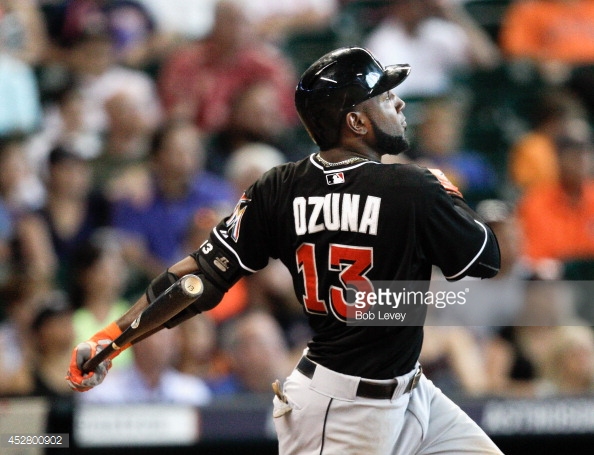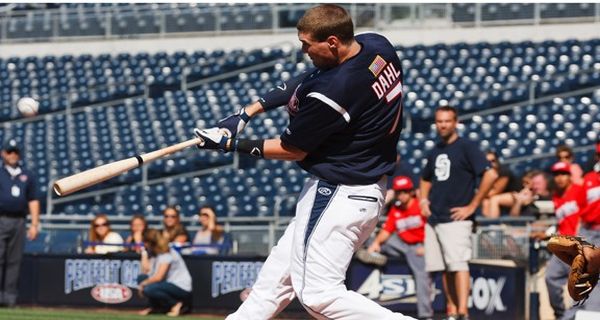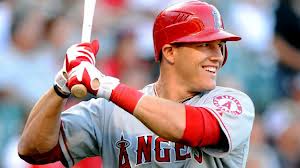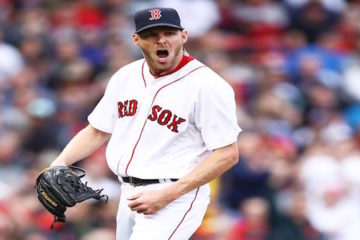2013 Fantasy Baseball, The Fielding Edge: Detroit Tigers vs. Cleveland Indians
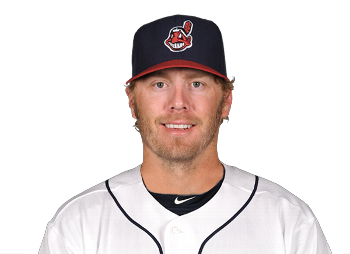
Author’s Note: This is the sixth edition of a seven part series on fielding, and how it could affect your fantasy team and the trade deadline. We are profiling the top two teams in each division because those are the teams most likely to deal for players to help them down the stretch. During the process, we will discuss some fairly complex topics as it pertains to fielding. If you did not catch the first edition of this series, you can scroll to the bottom for a glossary of terms.
I guess you have to hand it to the Tigers. General managers build their teams in different ways and there is always more than one way to skin a cat. After all, Burger King eschewed the whole healthy kick for a time and went completely the other direction. I suppose the idea was almost an economic one where they would control the entire market share for people that didn’t give a crap about their health. In the same way, the Tigers have eschewed the whole fielding gold rush in favor of what we might call a “beer league softball” approach. Bring in a bunch of sluggers that will swing for the fences, hire a bunch of strikeout heavy pitchers, and hope for the best.
The Indians have taken more of a balanced approach to building their roster and they have seen one of the best one season turnarounds in baseball. They added strong defenders like Michael Bourn, Nick Swisher, and Drew Stubbs, but they also added a slugger in Mark Reynolds. Neither team is running away with the AL Central, so I suppose we will have to table the debate on the results until the end of the season.
The Tigers stand 29th in MLB with their .680 DER and it is perfectly justified. No need to blast Jim Leyland for misusing these guys. In fact, you could almost claim they are overachieving based on the available talent at their disposal. They have been remarkably stable as well, so they are doing the very best with what they have to work with.
Detroit Tigers
|
INN |
+/- |
Runs |
||
| C | Alex Avila |
541 |
—- |
-2 |
| 1B | Prince Fielder |
832 |
-12 |
-10 |
| 2B | Omar Infante |
668 |
+11 |
+6 |
| 3B | Miguel Cabrera |
860 |
-16 |
-10 |
| SS | Jhonny Peralta |
846 |
-4 |
-4 |
| LF | Andy Dirks |
629 |
+15 |
+9 |
| CF | Austin Jackson |
617 |
+4 |
+3 |
| RF | Torii Hunter |
790 |
-10 |
-7 |
| Total |
5783 |
-12 |
-15 |
If one looks at the results in fielding you can see the conundrum that the Tigers are in as it pertains to the deadline. Their best fielder is arguably their weakest hitter (at least when we compare Dirks relatively to other players at his position). So, they will likely let it ride when it comes to their everyday lineup. General managers also have to consider the bullets in their chamber. Dave Dombrowski has bigger fish to fry. He needs bullpen help in the worst possible way, so he is going to save his best trade trips for the bullpen.
The Indians are a well-balanced team when it comes to offense and defense. Their .691 DER is nearly league average and their offense is probably a cut above that mark. The biggest area of improvement this season has been in their pitching staff, but they could probably still use a little bit of help in that regard. So, look for them to use their bullets for that as well. Like with the Tigers, their weakest defenders also happen to be among their best hitters, so overall there aren’t any glaring weaknesses on the diamond.
Cleveland Indians
|
INN |
+/- |
Runs |
||
| C | Carlos Santana |
643 |
-2 |
-9 |
| 1B | Nick Swisher |
596 |
+7 |
+8 |
| 2B | Jason Kipnis |
772 |
+4 |
+3 |
| 3B | Mark Reynolds |
616 |
-15 |
-14 |
| SS | Asdrubal Cabrera |
591 |
-9 |
-5 |
| LF | Michael Brantley |
810 |
-1 |
+7 |
| CF | Michael Bourn |
603 |
-1 |
0 |
| RF | Drew Stubbs |
755 |
-4 |
-4 |
| Total |
5386 |
-21 |
-14 |
At first glance, it would appear the Indians are actually doing worse, but the team DER is considerably better than the Tigers. Terry Francona has long been an underrated manager, so give him credit for putting these guys in a collective position where they can get the most out of their talent. While it would make more sense for them to add pitching, they are in a brilliant position to add a position player because of their flexibility.
Nick Swisher can play in both right field and first base. Mark Reynolds can play both first base and third base. Drew Stubbs can play all three outfield positions. The end result is that they could add someone at almost any position and simply shift everyone around. If it were me, I would add a third baseman and then shift Reynolds to designated hitter. In fact, I would hide his glove from him in the dugout so he could never use it again.
Glossary of Terms
DER- DER stands for Defense Efficiency Rating. It can be found at both baseball-reference.com and at baseballprospectus.com. We are using the Baseball Reference version above. Essentially, it calculates the percentage of batted balls that are put into play that a defense converts into outs. So, if the league average is .693, it means that the league average defense converts 69.3% of all batted balls in play into outs.
+/-– John Dewan’s Fielding Bible system uses video technology to track every batted ball in play. Through extensive study, they have determined the average number of plays each fielder should make based on the balls that are hit into his fielding zone. The researchers calculate an average based on the number and relative difficulty of those plays. If he makes more plays than expected he has a positive rating. If he makes fewer plays then he has a negative rating.
Runs—The researchers place a run value on the plays based on the expected number of runs that a successful play would have saved or an unsuccessful play would have not saved. Usually, a player with a positive +/- will also have a positive run value, but that isn’t always the case since some plays will carry more run value than others.


